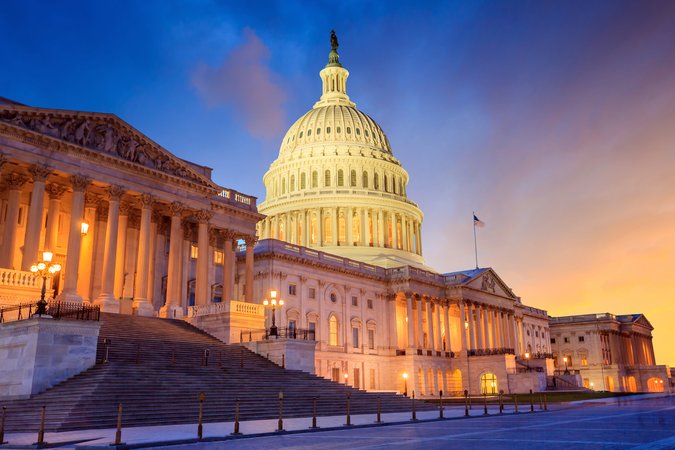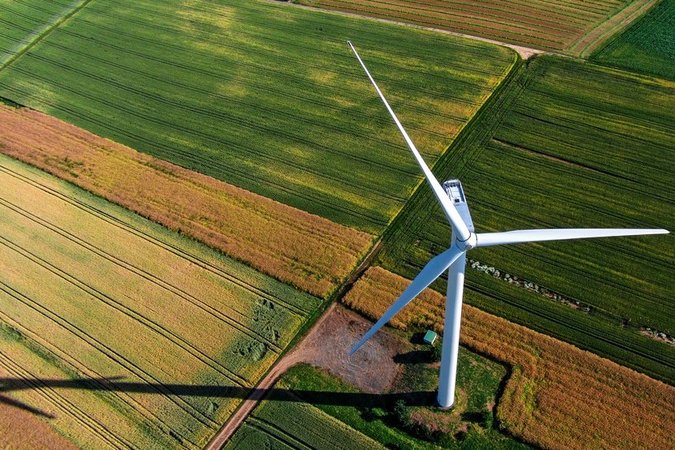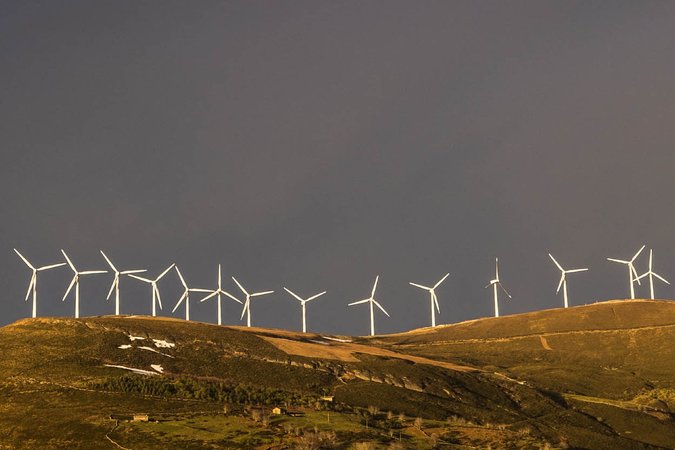Natural Gas: Prospects and Policies for the Nation
|
The Future of Natural Gas Markets | |
|
Natural gas prices have doubled over the past 20 months, generating widespread concern in government and among consumers, and raising questions regarding public policy. The National Petroleum Council, an industry group that advises the federal government, has concluded that the higher prices mark a basic change in the market, reported Mark J. Finley, an economist with BP America, Inc. and a participant in the council’s study. The market has become much tighter, he warned, raising the prospect of shortages and price spikes. Current policy encourages gas consumption but discourages production by placing many sites off limits to exploration, Finley said. In contrast, the Energy Modeling Forum at Stanford University has found no evidence of an underlying gas shortage, according to its executive director, Hillard G. Huntington. The recent market has been affected, he said, by a series of short-term events and opening the off-limit sites would have only a modest effect on prices. Finley cited data showing that, in part because of increasingly efficient technology, wells are being depleted at an accelerating rate. Huntington replied that there is no sign of decline in gas reserves. The two speakers agreed that price volatility does not impose any significant burden on the economy and public policy ought not attempt to suppress it. Price movements send valuable information to the market, Finley said. That view suggests the difference between the perspective of economists and that of politicians, who hear from their constituents whenever prices swing up. When wellhead prices jump, Finely said, regulators can soften the impact on consumers by encouraging utilities to use long-term contracts and hedging strategies that are prohibited in some jurisdictions. Finley’s figures showed a market growing more rigid because of a decline in the ability of industrial users and utilities to switch among fuels when prices change. But Huntington’s model differed, finding that fuel competition continues to be an effective brake on gas prices. Despite 30 years of experience with energy price swings, Huntington said, analysts still tend to underestimate the ability of the industry to respond to changes in the market. Neither his model nor the National Petroleum Council study shows any reason to subsidize the energy industry, Huntington added, or to provide the multi-billion dollar tax breaks contained in the massive energy bill now nearing passage in Congress. Natural gas provides nearly 25% of this country’s basic energy. Coal provides a similar proportion, and petroleum about 40%. The remainder comes from nuclear reactors and renewable sources. Robert W. Fri, a visiting scholar at RFF, moderated the discussion. | |
| To view the videos, you need RealPlayer. Get a free RealPlayer at www.real.com. | |
| Welcoming Remarks Paul R. Portney President and Senior Fellow Resources for the Future Video | Bio |
|
| Moderator’s Opening Remarks Robert Fri Visiting Scholar, Resources for the Future Video | Bio |
|
|
Panelist |
|
|
Panelist |
|
| Question and Answers Video |
|
Participants

Robert Fri








